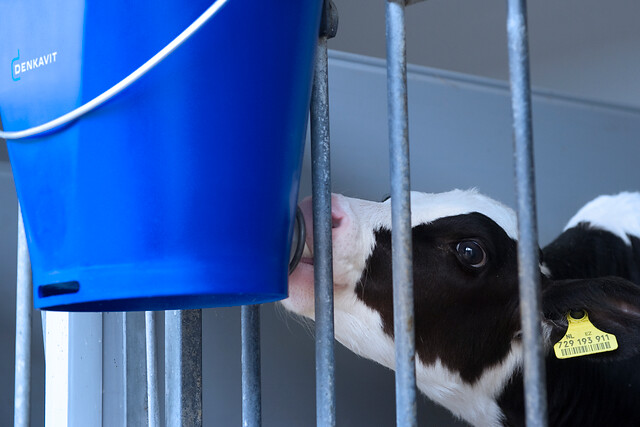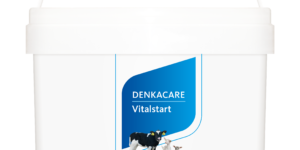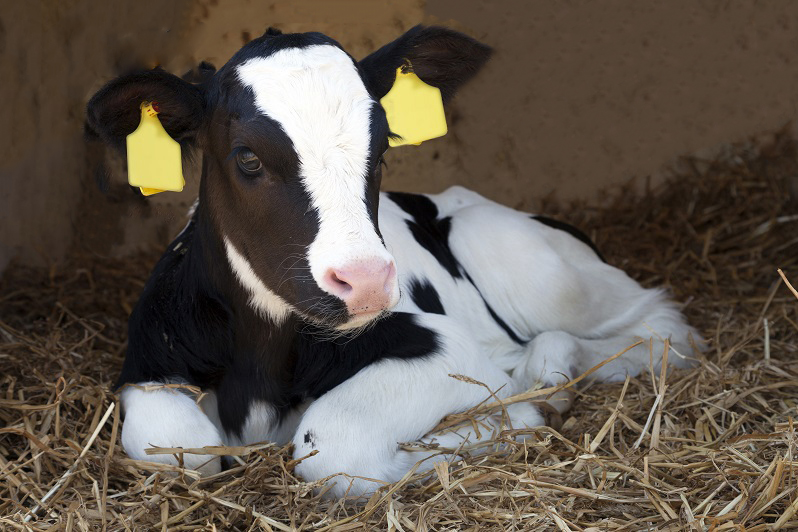Optimal use of transition milk
There is no doubt anymore about the necessity of good colostrum management. Many studies have established that the health and results of the calves clearly improve when good quality, clean colostrum is fed in ample amounts. The effect of feeding transition milk (no colostrum and no milk, but what’s in between from milkings 2 to 6) is also becoming more and more known. The results appear to be good, especially with regard to the intestinal health and growth of the calf.
Feeding transition milk

Feeding transition milk three days after the first colostrum shows positive effects. Components in the transition milk seem to positively affect the intestinal surface so that the animal can make better use of nutrients and achieve higher growth. In addition, the antibodies present can improve the health of the calf.
Research shows
Various studies show that colostrum is packed with essential nutrients and that the transition milk also contains more of these substances than mature cow’s milk or a milk substitute. For example, it generally contains more dry matter, protein, fat, energy and (growth) hormones. All these components play an important role in the growth, development and immunity of the calf. For example, a study by Pyo et al. (2020) shows that when transitional milk is fed, the intestinal villi of the small intestine are 84.5% larger than those of calves that have been fed cow’s milk or a milk substitute. In addition, it was also found that the surface area of the small intestine was 1.54 times larger, which increases the absorption capacity. This is a favourable result because the function of the small intestine is to absorb nutrients from food. There is a good chance that this will benefit her as a producing dairy cow and she will have a greater potential milk production.
Because the absorption capacity is greater, they absorb more energy, protein and fat from the diet. As a result, they grow better. A study by Van Soest et al. (2022) shows a growth difference of 300 grams per day. Earlier research also shows that the calves have significantly more weight at weaning (Van Soest et al., 2020).
In addition to increased intestinal development, transition milk also has health benefits. As mentioned earlier, transition milk contains important components, including bioactive molecules such as growth hormones, prebiotics, and antibodies. The antibodies can no longer be absorbed by the intestine, like in the first hours after birth, but they can prevent pathogens from establishing themselves in the intestines. As a result, calves are better protected against infections. The health benefits of feeding transition milk for a few days after colostrum result in a calf that performs better during the first weeks of life and has fewer health problems.
In short
✅ Better growth through improved feed utilization
✅ Reduction of feed costs
✅ Better protection against typical intestinal diseases
Interested in company-specific tips?
We are happy to help! Time for a good conversation? Invite us! Then we’ll take steps together. 👇🏻








